The Black Raven ZZ plant is a new, stunning variety of the popular Zamioculcas plant. Raven zz plant care is simple. It can survive in lower light levels with infrequent watering.
Place this plant in your home or office and leave it alone. You can enjoy it worry free.
The raven zz plant variety sends up light green glossy medium length leaves that deepen to nearly black as the leaf matures.
Want a brighter leaved version of this plant? The ZZ original variety is a much lighter and brighter green. Get both and set them around your house.
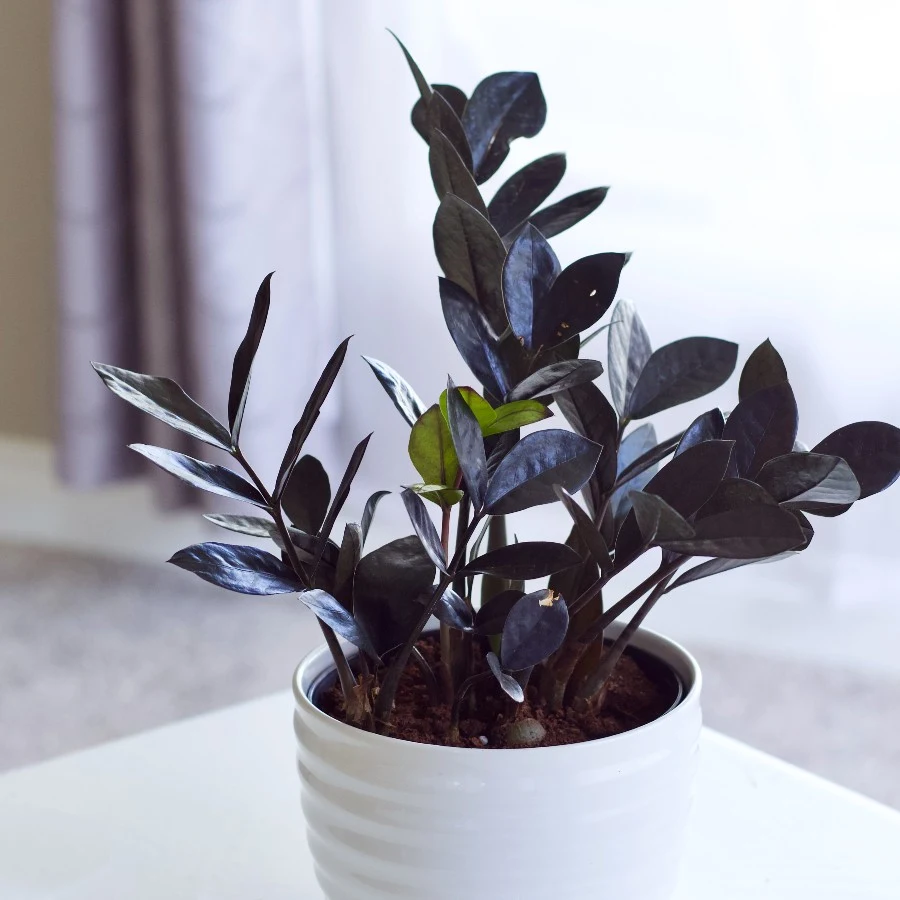
The ZZ plants are in the Araceae family. This plant is native to Eastern Africa, It can be found growing from Kenya to Northeastern South Africa.
This indoor plant is commonly known as Zanzibar Gem, ZZ, Zamioculcas, and Zuzu plants.
Why Raven ZZ plant is Easy Care:
The ZZ plant can grow in a variety of conditions and makes a great housewarming gift. Here’s why.
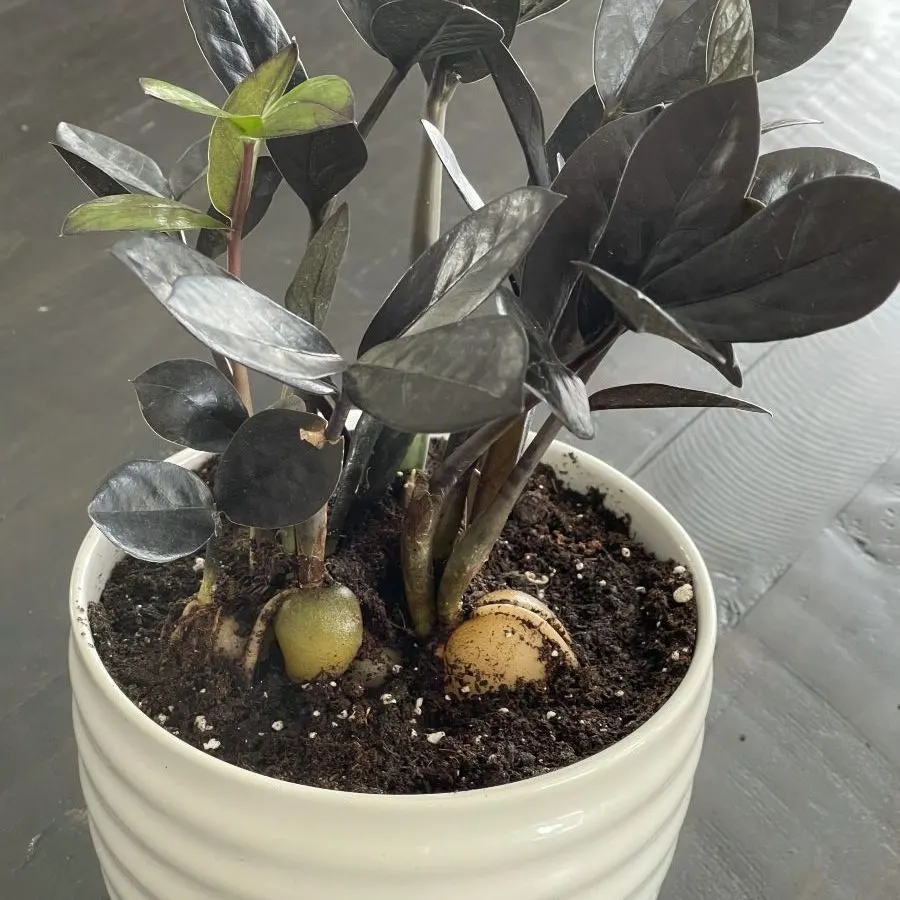
You can see that round bulb shaped rhizome just above the soil line in the picture if you look close. That is the secret to ZZ. The rhizomes act like a camel hump. They collect water and hold it until the plant roots begin to dry.
The rhizome feeds the roots water and nutrients in time of drought. A healthy ZZ plant can live up to four months without water. However, you probably want to take a little better care of it than that.
If you keep it at this extreme of care for too long it will look stressed and may drop some leaves. But you can see it is a toughy and quite capable of handling long periods of time without water.
It can also handle low light conditions. In extremely low light Raven ZZ will extend its leaves and reach for the light. This versatile plant is also a good choice for bright indirectly lighted areas. So put it almost anywhere.
It really is a set it and forget it plant with great presence. The biggest danger to this plant is over watering. It is susceptible to root rot. Don’t kill it with kindness!
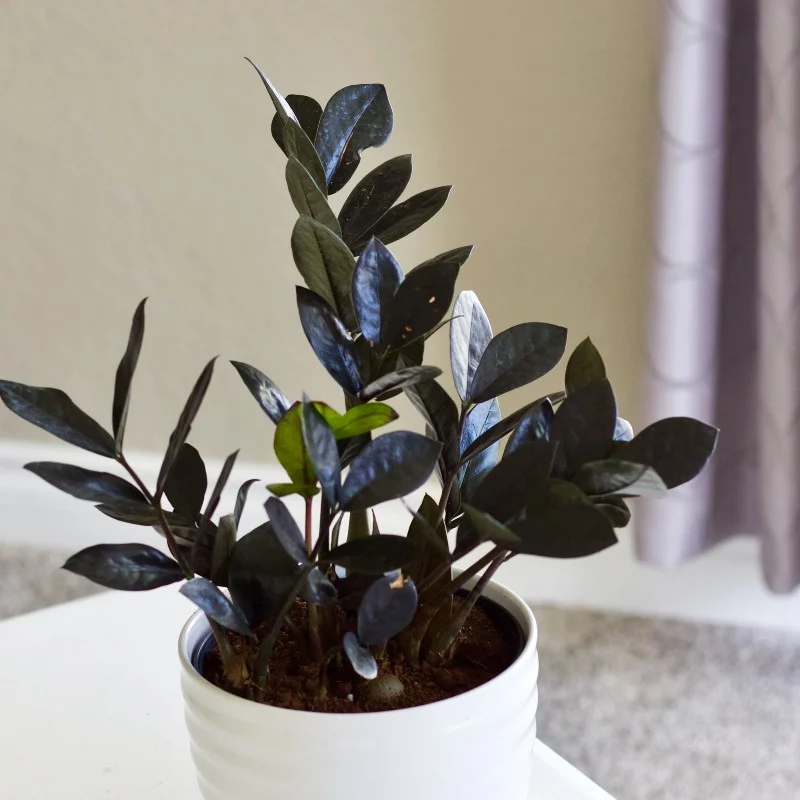
Air Filtering Plant:
ZZ filters benzene, toluene, ethylbenzene and xylene out the air. It’s nice to have a plant in the home or office that helps remove these toxic gases from the air you breath.
While no plant can filter all toxins out of the air for you, ZZ is a plant that does improve air quality.
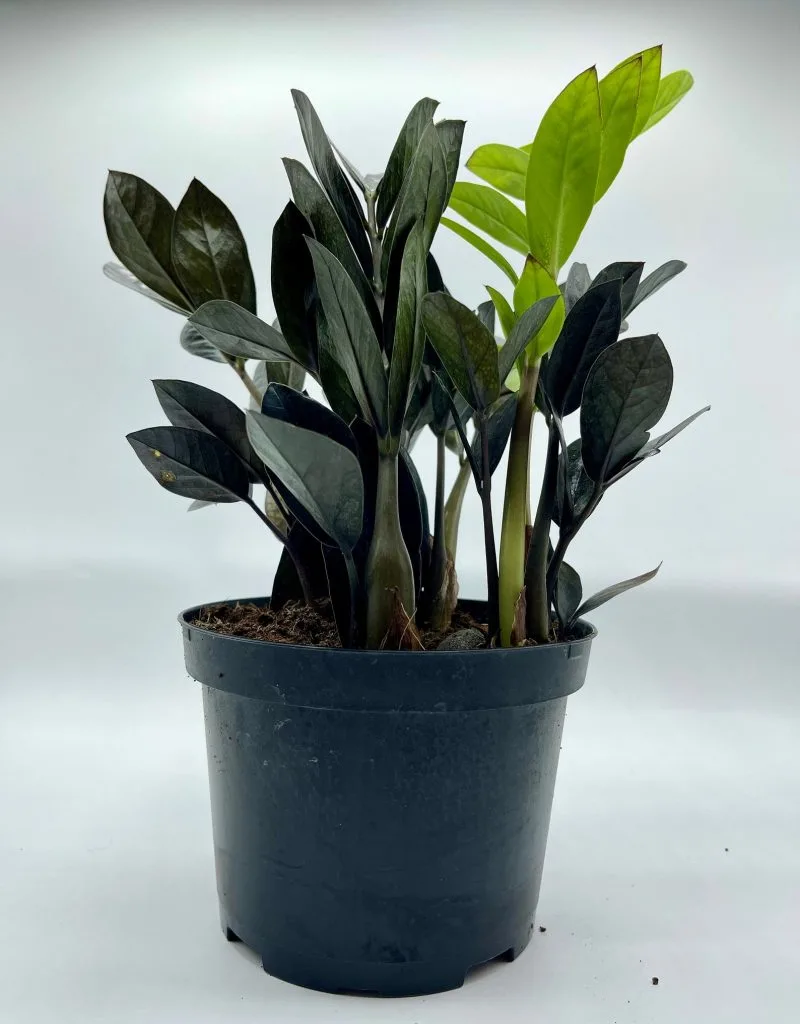
Purchase Raven ZZ Plant from Etsy
Photo Credit: FoxxysFloras on Etsy
Raven ZZ plant is Toxic:
Like all Plants in the Araceae family the ZZ plant contains calcium oxalate crystals. This plant is moderately toxic to humans and pets.
Our Raven ZZ Plant Care Guide will teach you how to keep this houseplant happy all through the year.
Raven ZZ Plant Care Guide
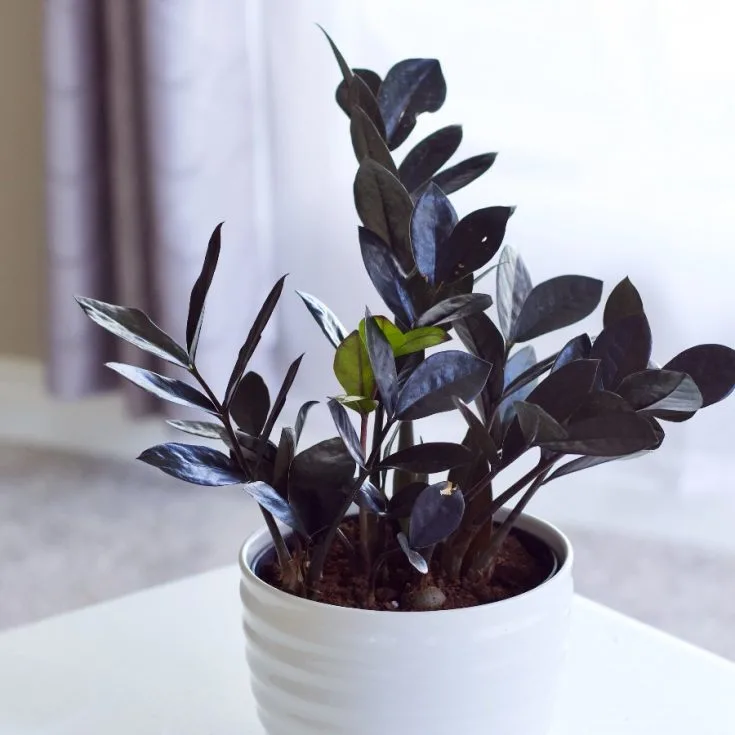
Zamioculcas plant is commonly known as the ZZ plant or Zanzibar Gem.
This plant has glossy medium length leaves that vary in color and shape depending on variety. The ZZ plant is an easy to care for plant that can survive in lower light levels and infrequent watering.
This Care Guide will teach you how to keep this houseplant happy all through the year.
Materials
Tools
- Pot (ceramic, plastic, or terra cotta)
- Potting medium (perlite, soil, and orchid bark)
- Scissors
- Rubbing Alcohol
Instructions
Soil Preference:
- ZZ plants prefer well draining soil. The roots will rot quickly if they sit in moist soil.
- A mix of succulent potting mix and perlite will keep the roots happiest.
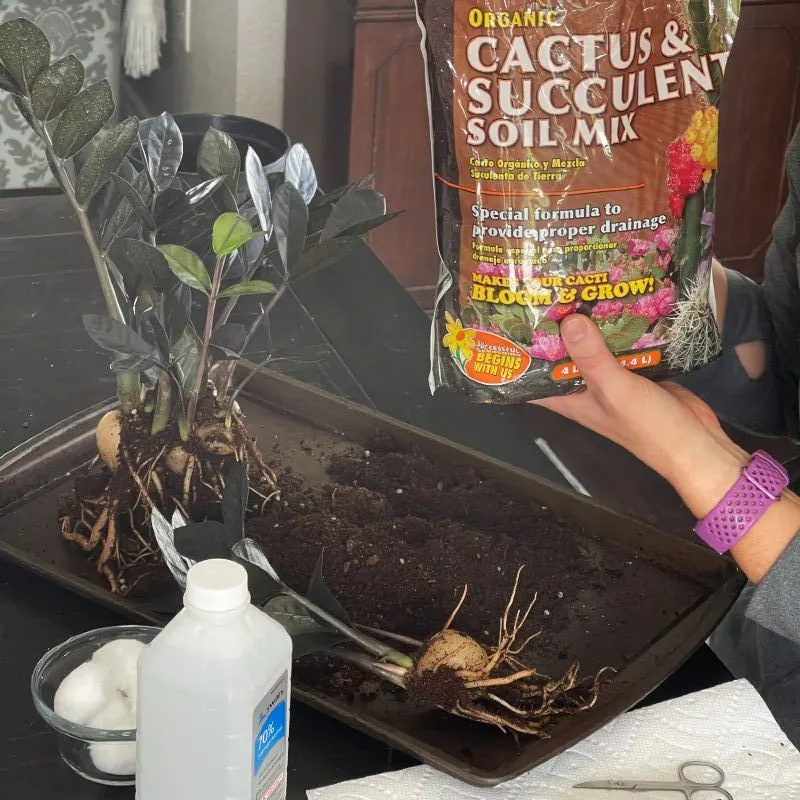
- Make sure your pot has drainage at the bottom. Do not use a pot with no drainage hole for this plant.
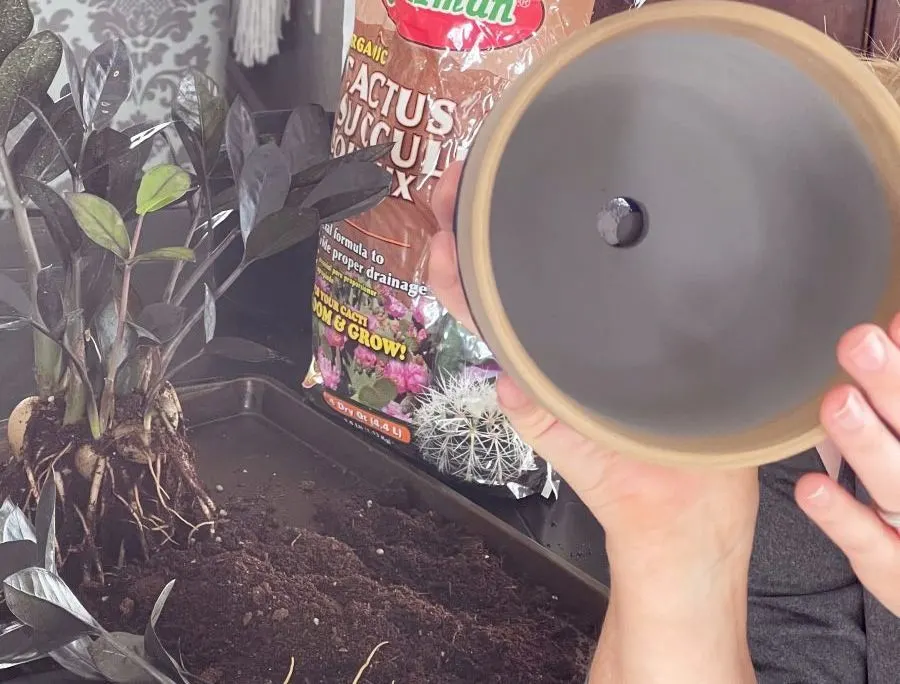
- A heavy soil potting mix is not recommended for ZZ plants.
Pot Size and Type:
- The ZZ plant can grow in many different kinds of pots, I like to plant mine in ceramic pots with a drainage hole.
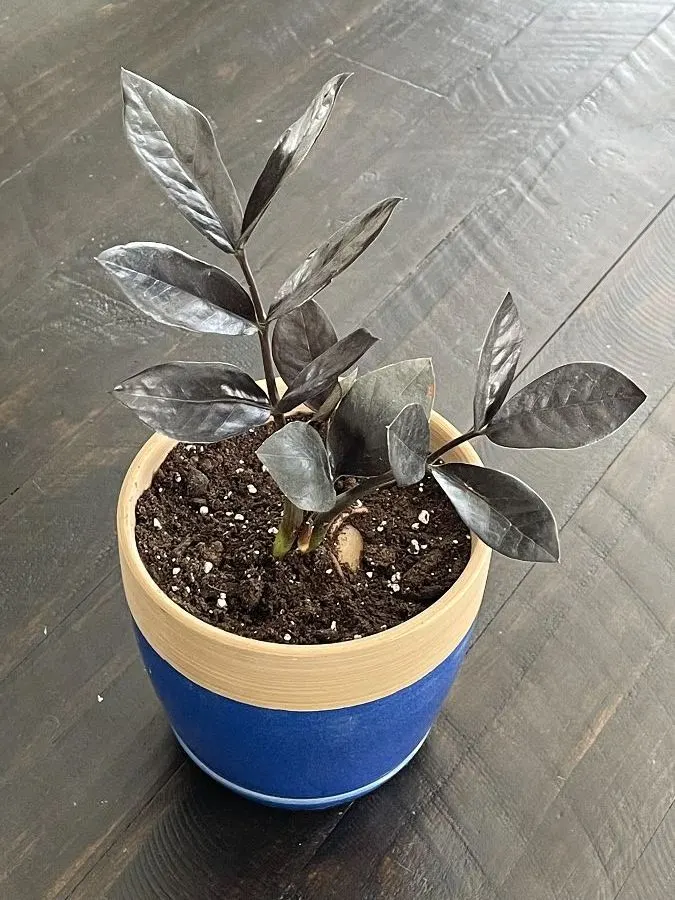
- Repot every second year or when roots come out the drainage holes on the pot bottom To the next pot size up. Don't jump to a huge pot from a small one. Just go to the next size up pot.
Lighting:
- The ZZ plant will grow faster in bright indirect light. It will also grow just fine in lower light conditions, but the growth will be slower.
- Some filtered sunlight from a window may be appreciated in this circumstance.
- Make sure the ZZ plant isn't sitting in constant direct sunlight, the leaves can get burnt.
- If you have a variegated variety, the plant will need more light to hang onto the variegation. Otherwise it can convert back to green,
Watering:
- Water your ZZ plant when the soil is dry at least an inch down. These plants are typically drought resistant and can withstand longer periods of dryness compared to other houseplants.
- Watering is best done on a regular schedule so the plant is not over or under watered. Both can cause stress on the plant.
- The recommendation for watering is every 2-3 weeks.
- In dormant winter months reduce watering to when the soil is dry.
- Never let this plant get wet feet. heavy wet soils encourage root rot and fungus gnats.
How to Fertilize:
- Apply a good quality fertilizer (linked in materials) monthly through Spring and summer.
- Decrease feedings by late Fall and allow the ZZ plant to rest through the winter months.
Temperature:
- The ZZ plant will do best in temperatures between 55-85 degrees F.
Pests:
- The ZZ plant is a hardy resilient plant. However all plants can get attacked by pests.
- Stress by longterm overwatering, poor light, extreme temperatures and soil conditions are contributors to plant stress..
- Spider mites, mealy bugs, scale, thrips and whitefly are the most common houseplant pests you will see.
- Read our post on How to get rid of aphids and other pests with our homemade pesticide soap recipe or neems oil.
- To minimize the possibility of pests be sure to check all nursery plants before bringing them home.
- Quarantine all new plants until you are sure no pests live in them.
How to Propagate:
Stem Cutting:
- Cut stalk near the base of the plant using sterile scissors
- Place stem in water cut side down
- Place near a window with bright indirect light
- After several weeks roots and a rhizome will grow
- Plant in soil when roots are 2-3 inches long
Rhizome Division:
The easiest way to propagate a mature zz plant is to divide it when it is time for a repotting. Watch my video on dividing and propagating a raven ZZ plant.
- Gently un-pot your mature ZZ plant.
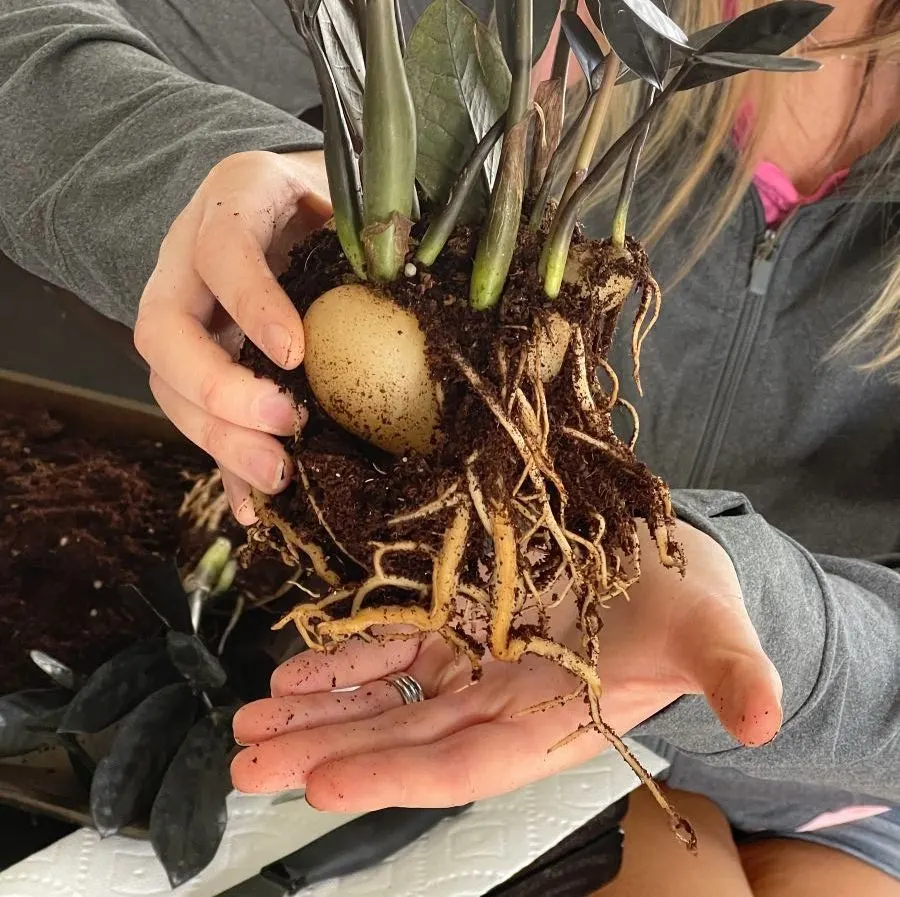
- You will see separations of the stems into groups growing out of bulb shaped rhizomes.
- Gently separate the rhizomes and attached roots from the mother plant. You may have to cut the roots if they are deeply entangled but try not to. Rather gently work the roots away from each other until the rhizomes are separated.

- Repot both the new division and the mother plant.
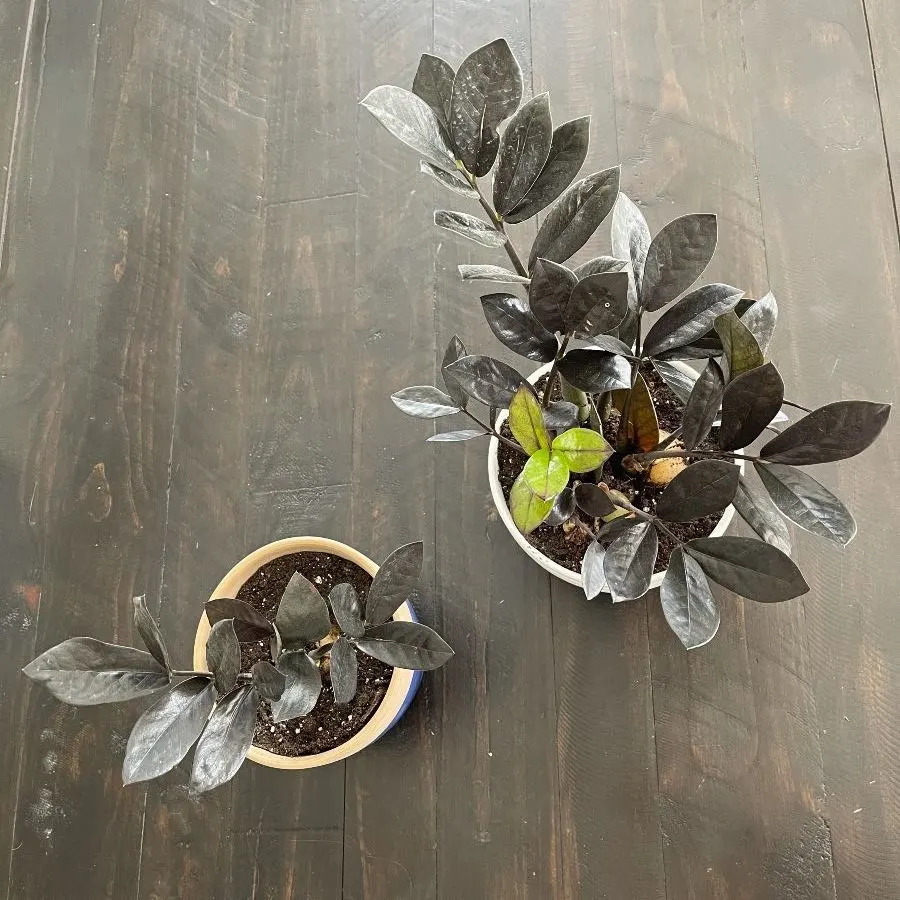
- As you will see in the video there may be several rhizomes growing together in your plant.
- You can divide the plant into as many small plants as you wish and repot them into several pots.
Notes
The ZZ Plant is a rewarding and perfect plant for a beginner. This plant will grow tall and beautiful with just a little bit of care.
More Low light and Drought Resistant HousePlants:
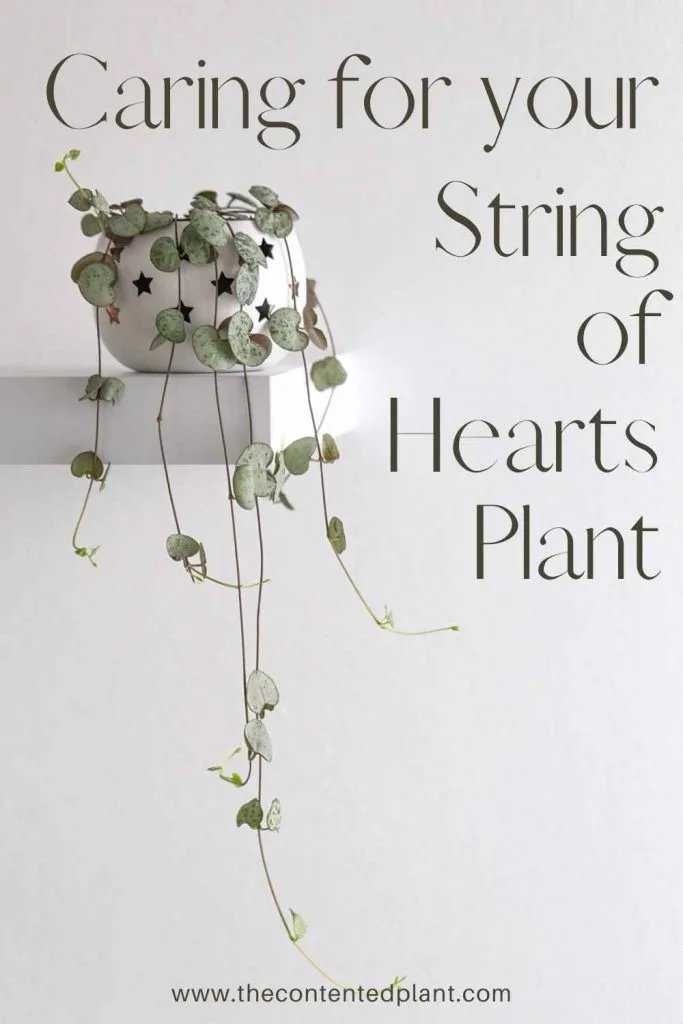

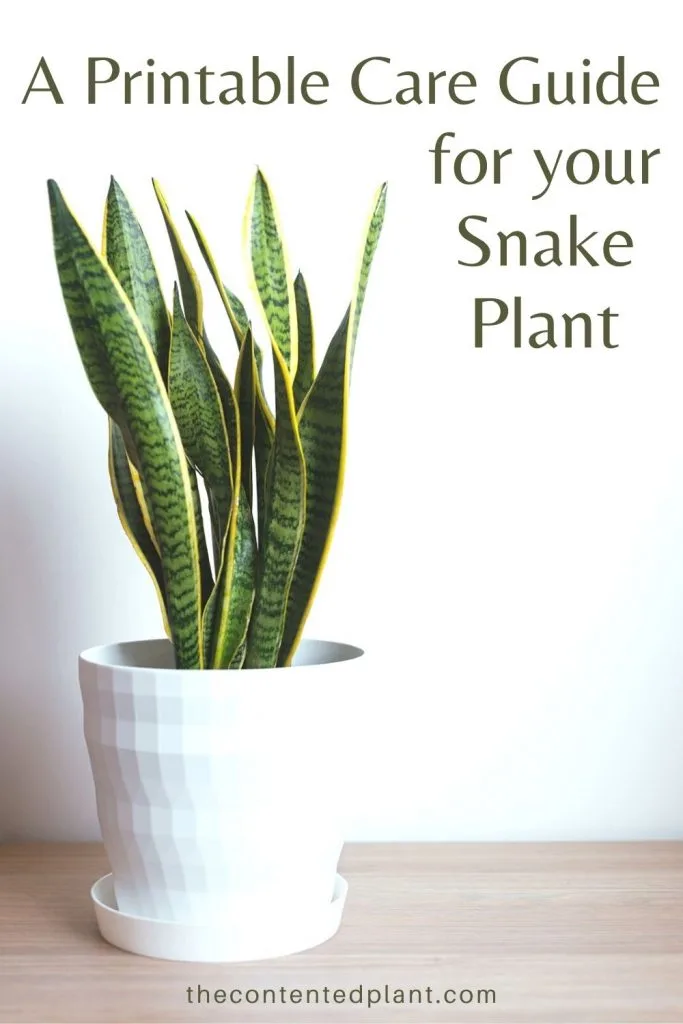
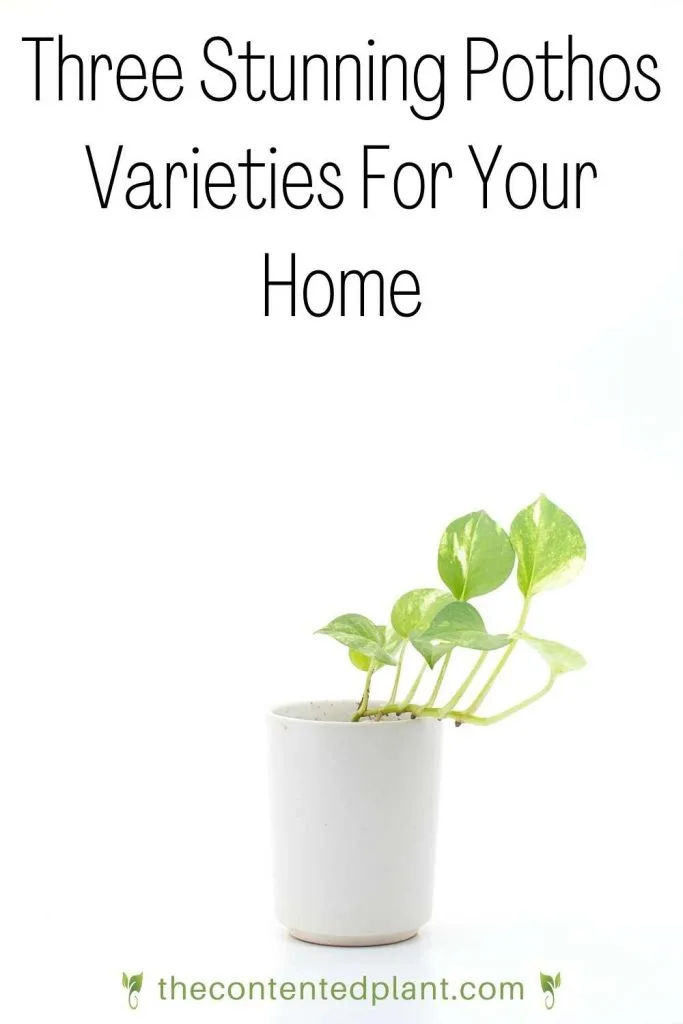
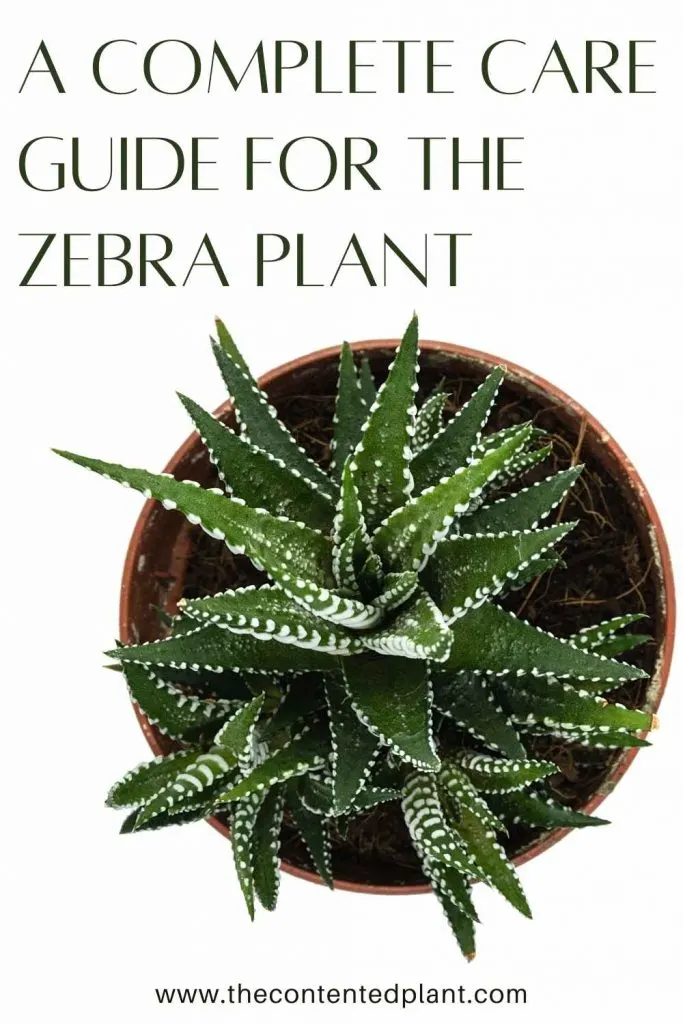
Further Reading: Wikipedia
Follow Us:
Find us on YouTube, Instagram , Pinterest and TikTok! We love to Plant chat. We also comment, like and occasionally share your content to our daily stories. We’d love to see your plants. Share your joy in your houseplants. Happy Planting!
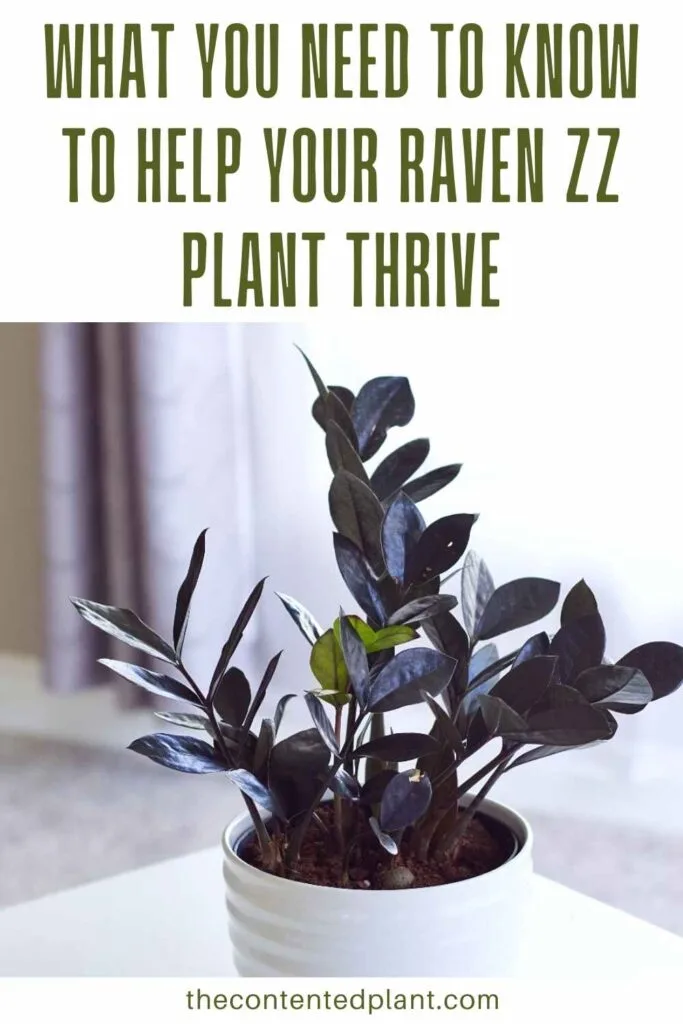

Sansevieria Moonshine plant profile and care guide - The Contented Plant
Wednesday 17th of August 2022
[…] The Black Raven ZZ […]
ZZ Plant Propagation- Three Methods - The Contented Plant
Friday 10th of June 2022
[…] Read more about the Black Raven ZZ Plant […]
Gloria
Thursday 24th of February 2022
QUESTION: Can I mix the green ZZ and the Raven ZZ in one planter? I want to see the mix of green & black with my decor.
Kayti Lavergne
Thursday 24th of February 2022
Hi Gloria!
I did a fair bit of research to try and answer your question. I really couldn't find any information on planting them together. I would assume it would be okay. I wouldn't put them too close together in the same pot though. They would each need room to grow since ZZ plants can get fairly large. Sorry I couldn't answer your question more directly. If you can get the plants at a good price, I think it's worth trying it out.
Thank you! Kayti
Watering Succulents-Tips for Success - The Contented Plant
Wednesday 5th of January 2022
[…] often have built in water tanks in their rhizomes, roots and leaves. Some examples of this are the ZZ plant, Ponytail Palm, snake plants, hens and chicks and […]
Alocasia Bambino Plant Care Guide and Profile - The Contented Plant
Tuesday 4th of January 2022
[…] The Black Raven ZZ plant […]